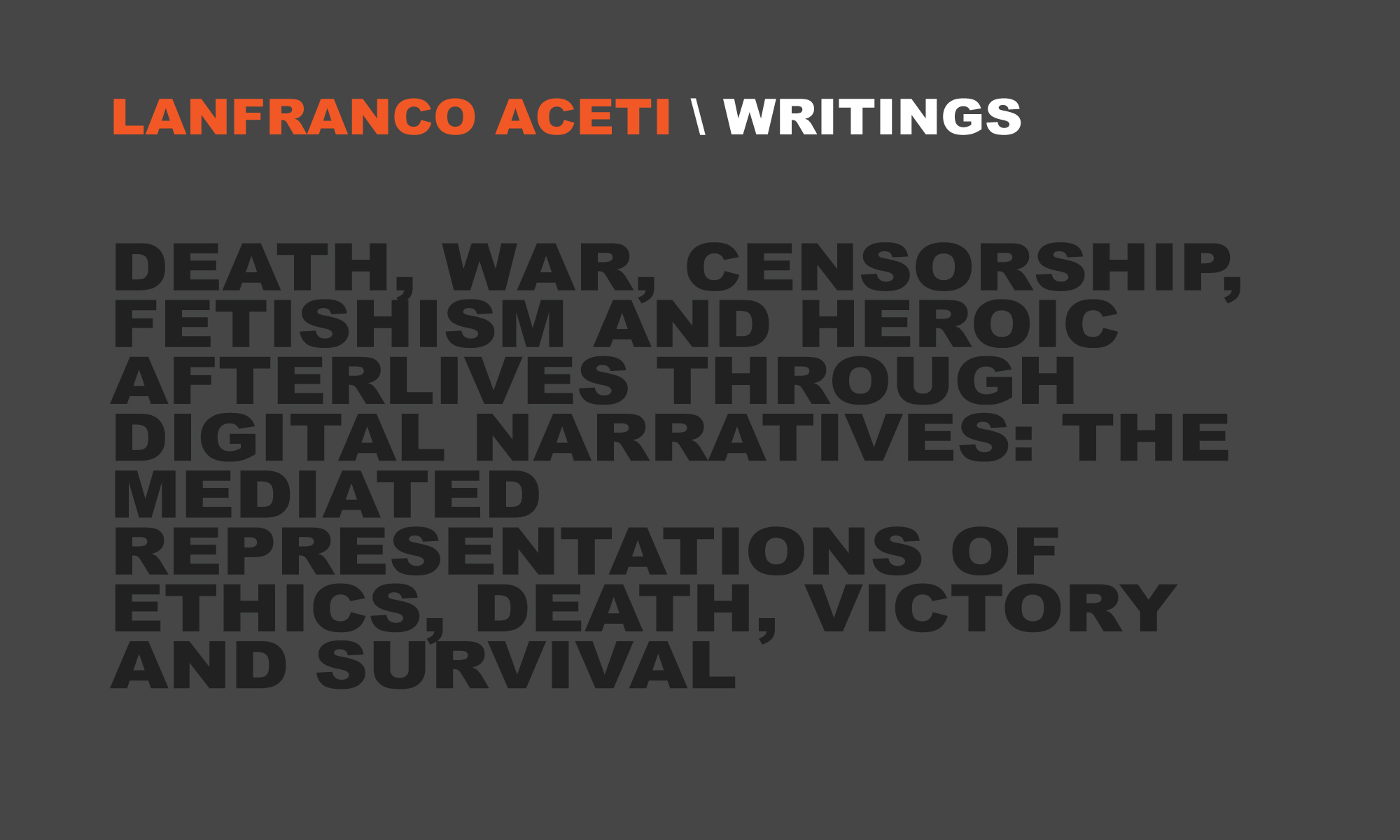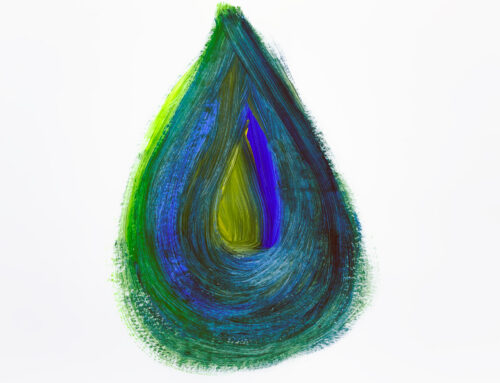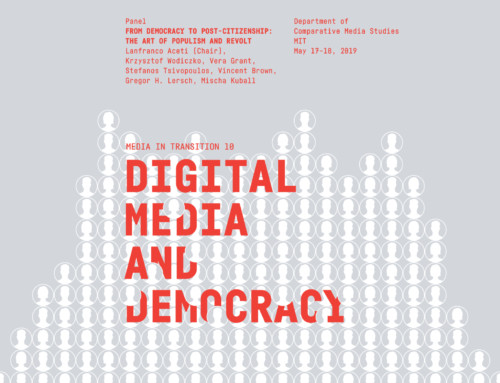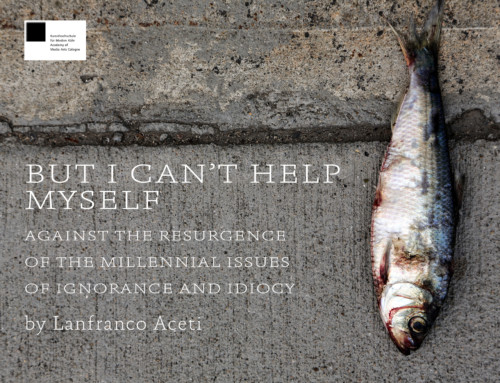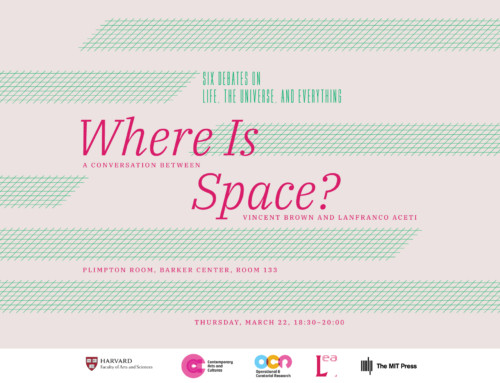DEATH, WAR, CENSORSHIP, FETISHISM AND HEROIC AFTERLIVES THROUGH DIGITAL NARRATIVES: THE MEDIATED REPRESENTATIONS OF ETHICS, DEATH, VICTORY AND SURVIVAL
ABSTRACT
It is no longer possible to shy away from the trans-mediated presence of death that symbolizes, in the context of contemporary cultural conflicts and upheavals, not only change within the wider local communities but also changes within the Western world and its relationships with ‘other’ countries within the Near East.
The essay, taking as a starting point Istanbul where different cultural perspectives mesh with one another in a variety of combinations and hybrids, will analyze the representation of death, war and its censorship in contemporary Western society and evaluate in a comparative analysis both phenomena of exaltation of heroic afterlives and phenomena of demonization of the enemy.
These phenomena are framed within cultural perspectives that generate opposite interpretations and narratives of the same events, thereby creating conflicting histories that represent the ‘winners’ or the ‘losers.’
In this context of multiple narratives the fetishist representation of death as an act of defiance and an act of revenge becomes part of a complex visual narrative that places very differing concepts of life, community and service to a higher purpose side by side. It is perhaps the fascination not with death itself but with the ultimate rejection of life that is at the basis of this fetishist gaze.
The narratives, those of the losers and those of the winners, entangle in an online surplus of information and commentaries that re-create and re-interpret contexts and motives, generating new cultural parameters that justify phenomena of censorship of imageries of death.
“A number of TV and radio shows, including PBS ‘Wide Angle’ have taken a more general approach including Tamil Tigers, Viet Minh, and the Turkish PKK, calling them ‘nationalist exceptions’ to the religious phenomenon of Muslim suicide bombers. In some cases, however, it is questionable whether we are utilizing acts derived from policy and dogma or individual acts of revenge.”
Perhaps the process of ‘censorship’ is not one of erasure of death itself and cannot be identified with a single image, but is rather a process of de-humanization of the cultural frameworks of ‘the other,’ reduced to ‘noise’ as Morris writes and therefore made to disappear.
“I argue further that the symptoms of this fetishization can be seen not only in a general proliferation of images, and in their differential mobilization, but in the emergence of a discourse of ‘noise’ and in the representation of the speech of others as being either mere noise or the signs of a meaninglessly violent intention.”
The article will discuss fetishism, violence and censorship of death in a context of visual representation across a wide range of media in order to analyze the complexity of contemporary trans-mediated narratives. These narratives, by traveling across multiple media and spaces, generate discourses that are disjointed from ethics and recognition of the other but focus principally on victory and revenge as the ultimate prize in bestowing death.
[1] Niccolo Caldararo, “Suicide Bombers, Terror, History, and Religion,” Anthropological Quarterly 79, no. 1(Winter 2006): 124.KEYWORDS
Death, war, censorship, web 2.0, memorialization, digital narrative, victory, survival, ethics of death

